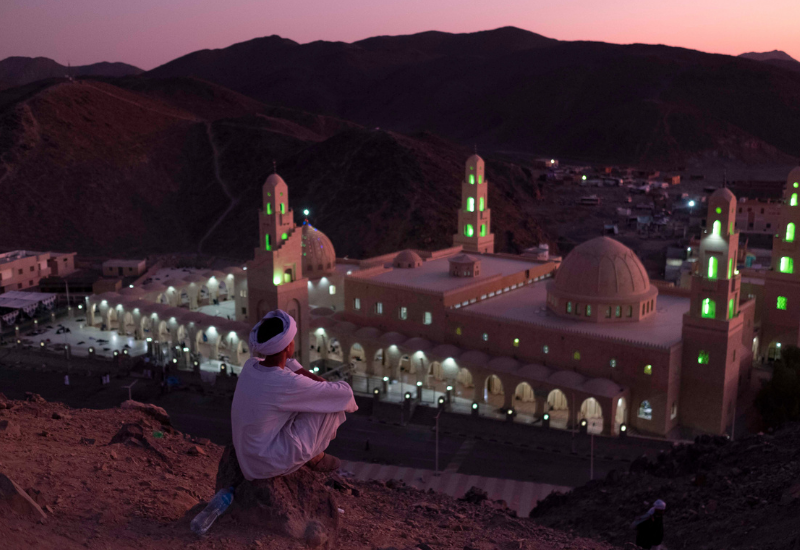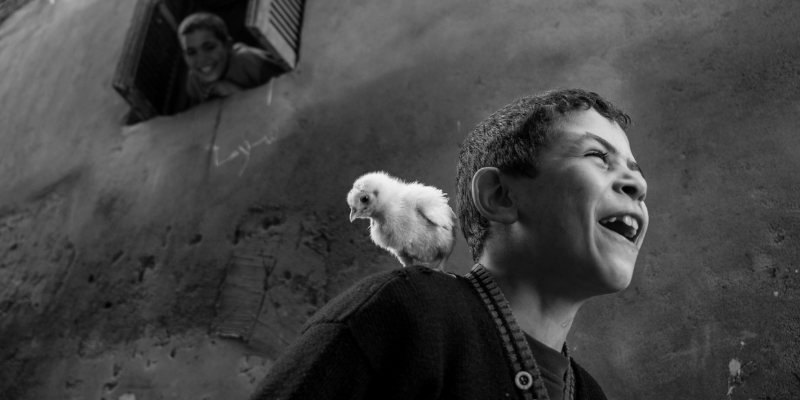Gulf Photo Plus has launched its Open Editions program which is designed to support emerging talent.
We spoke to Yulia Piskuliyska, Printing & Sale Coordinator at Gulf Photo Plus.
We love to support local talent – can you expand on how GPP is supporting local talent through their open edition prints?
GPP is and has always been a community-driven space. As such, our goal is to make photography more accessible for professionals and photography enthusiasts alike. We strive to offer support in as many ways as we can – be it printing discounts for photographers, free events, or our Open Editions program, we aim to provide the resources and the platform necessary for the photography scene here to flourish.
Because we are not limited by the standard definition of a gallery, we attract a variety of audiences. We talk to experienced and passionate collectors, as well as people who have just gotten their new apartment and are simply looking to put something meaningful on their walls – and not just another Burj Khalifa print. I like to believe that with the incredibly diverse regional selection of images we have acquired at this stage, we have something for anyone looking to get a fine art print.
Our Open Edition artists receive a profit from each print they sell through us, and they can sell a variety of prints. They usually send us a selection of images and we choose one or a few of them for the Open Editions collection. We offer some guidance based on our experience but in general, the selection process is a collaborative one.
While each artist has a very specific way of seeing and photographing the world, we have more than 20 participating photographers at the moment and are always looking to expand our reach. On the other hand, the diversity of available prints means that our customers can count on being able to find a print they’d fall in love with – and the affordable pricing for our Open Editions means that it doesn’t have to break the bank either. Our goal is to show people that art doesn’t have to be expensive to be meaningful and moving.
How did this concept originate?
GPP has always sold photography prints but sometime earlier this year, we decided to shake things up. We looked at the work done by our artists – Hussain AlMoosawi, for example, offers two types of prints with us: a large-size closed edition limited print and a smaller size open edition one. We found that there is an interest in both options but understandably, the open edition prints were more popular. A smaller print gives you more flexibility, you can transport it more easily, and it makes for a thoughtful gift, too. The fact that it is an open edition makes for a price tag that is less intimidating, but the print still comes with a certificate of authenticity signed by the artist, so the personal touch is still tangible. The idea of these Open Editions goes beyond just ‘generating sales’. We already know a foolproof method of doing that – we’ve all been in that section of IKEA and know the kind of images we can find there. Our Open Editions try to change that visual narrative; we try to challenge our audiences by championing our artists and their work.
Have you seen a wide variety of both male and female artists contributing to this?
Since our goal with the Open Editions is to show the region in new ways, we have been very deliberate in our artist selection process, making sure that a variety of viewpoints are represented.
For example, we sell prints by Tasneem AlSultan, who is a fantastic artist from Saudi Arabia – she brings out incredible images and stories, and has done so much to present her country through an authentic lens. She also doesn’t shy away from any topic – one of her prints with us, Leap of Faith, features a divorced woman with her child. It’s a triumphant image, and ultimately a moment of joy.
The variety in viewpoints gets particularly interesting when we see multiple artists covering the same topic, or the same area. For example, four of our artists – Sandra Zarneshan, Preschelle Ann Bigueras, Eddie Ryan, and Alex Atack – each sell a photo with us that’s been taken in the Satwa neighbourhood. Each of them could have walked the same streets but they all found different points of interest to focus on in their images. It only goes to show that you’ll have as many perspectives as photographers. I think that’s fantastic – that’s how you create a complex, layered narrative of a space.
Do you accept UAE-based artists or expand to the wider GCC and is it possible to ship these pieces?
We had originally focused on giving exposure to local and UAE-based artists. Once we felt we had accumulated a good initial selection, we started looking out to the wider GCC and North Africa regions. We are working with some wonderful artists such as Nadia Bseiso from Jordan, Rita Kabalan from Lebanon, Fethi Sahraoui from Algeria, Mohamed Mahdy from Egypt, and M’hamed Kilito from Morocco, who have all contributed to the selection with images taken in their respective countries. We are working on furthering our MENA selection and are hoping to include work by more South Asian photographers too in the future. As for shipping – we absolutely ship internationally, yes! All you have to do is drop us an email and we can make the necessary arrangements.

‘You Shall See’ By Mohamed Mahdy
What is your advice on selecting a piece of art such as this- what do you need to consider?
Honestly, I think it’s just up to you and what speaks to you. I think that’s part of the magic of our Open Editions – you come into our gallery and see the selection, and one or a few images move you – and then you’re just able to grab them from the shelf and go home with them. The great thing about them is that they’re quite small, so you’re pretty much guaranteed to be able to find the space for them. The price and size make this possible, and I quite like this idea of art spontaneously making its way to your heart and your home.
Should framing be individual per print or art piece or do you suggest a commonality throughout the space in question?
With the 60+ unique prints we offer, you would struggle to exhaust all the framing and print options available! It all depends on personal taste, and how much time you have to think about the design of the space you’re decorating. Going for similar framing styles across the board is one way to ensure you only need to focus on selecting images that work ‘well’ together, but that can get a bit boring – it’s definitely fun to experiment with a variety of framing styles.
Which local and regional artists are the ones to watch?
Another one of my other favorites from our existing selection is Fatema Al Fardan. Fatema is a local artist whose project on her family explores the beauty of the mundane – she aims to complicate the otherwise sensationalized understanding of Emirati culture. I definitely feel like she’s just getting started and is someone to keep an eye out for.
Apart from those in our Open Editions selection, other artists to watch are?
Abdullah Dhiaa Al-Deen from Iraq, whose work we’ve already had the pleasure of exhibiting at GPP, and who has been collaborating with us for our newest NFT-related projects, Charbel Al Khoury from Lebanon who can make any hour his magic hour, and whose affinity for reflections is one I share and Olgaç Bozalp from Turkey, whose sense of composition and color blows me away every time.
– For more on luxury lifestyle, news, fashion and beauty follow Emirates Woman on Facebook and Instagram
Images: Supplied & feature image: ‘My Little Friend’ By Mohamed Mahdy












